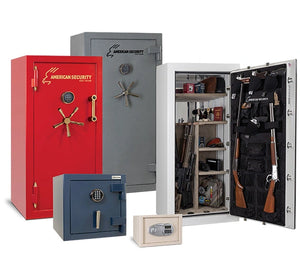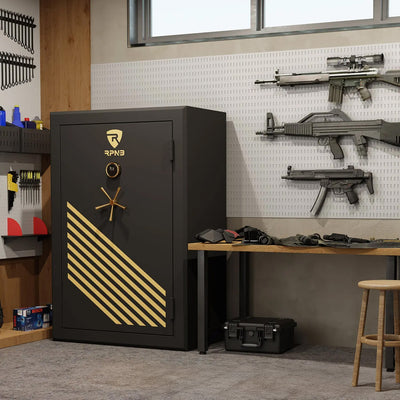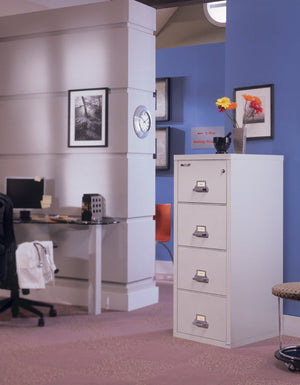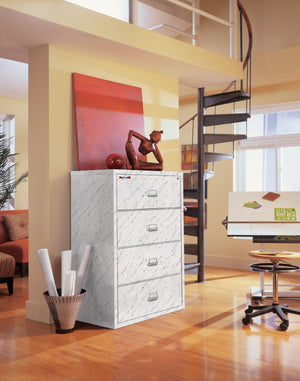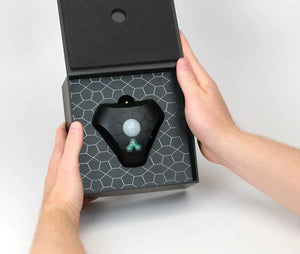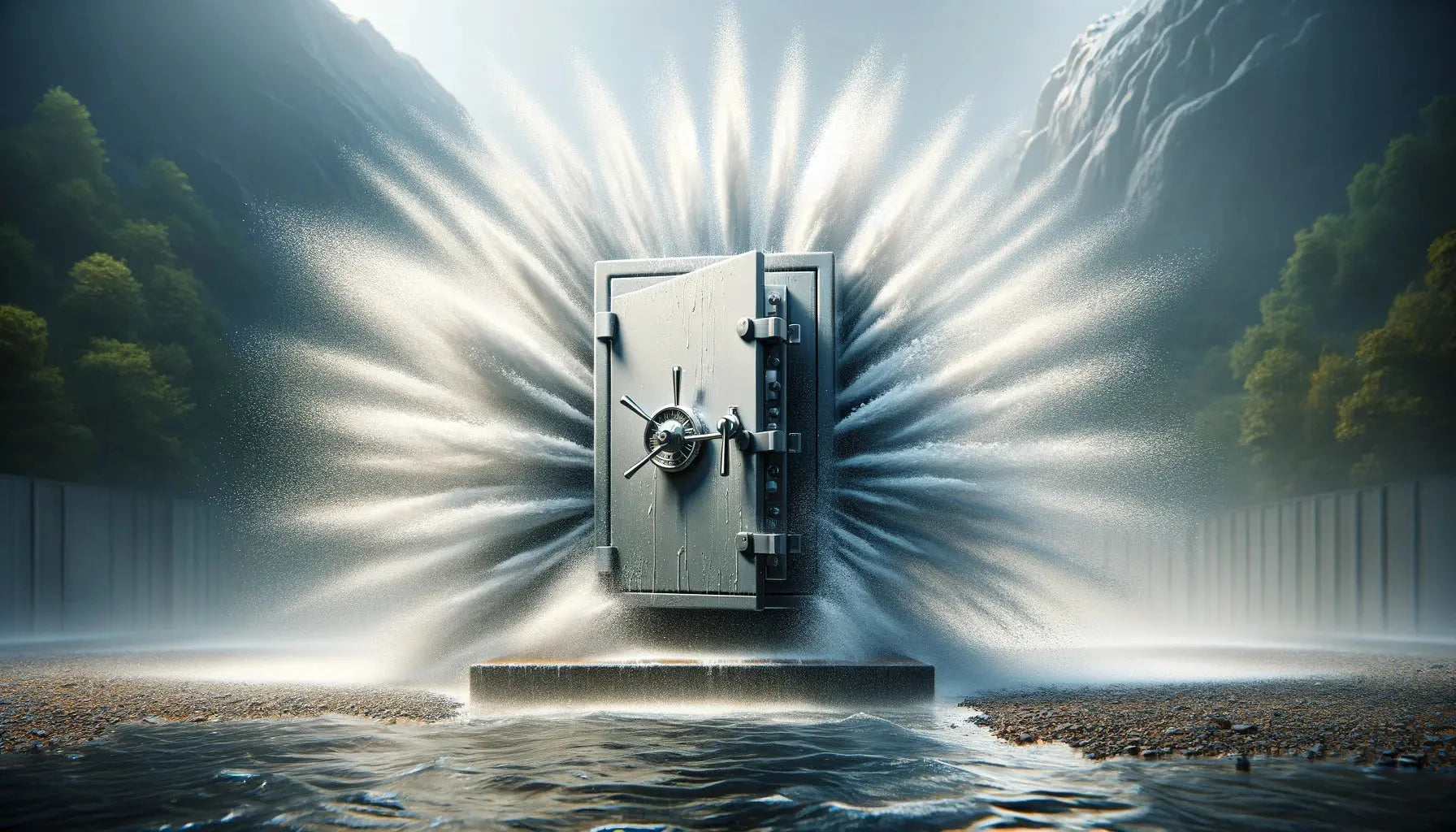
Navigating Water Resistance in Safes: A Guide for Consumers
Introduction
In the realm of safes, the need to protect valuables extends beyond guarding against theft and fire. The threat of water damage, whether from floods, hurricanes, or fire suppression efforts, necessitates consideration of water-resistant and waterproof safes. This article delves into the distinctions between these two types of safes, underscores the rarity of truly waterproof options, and discusses the role of alternative protective measures in offering protection.
Understanding Water Resistance in Safes
Water-resistant safes provide a layer of defense against water damage. Designed to withstand water intrusion to a limited degree, these safes can offer up to 72 hours of protection. However, it's crucial to note that testing typically involves submerging the safe in only 2 inches of standing water, potentially limiting protection in severe flood situations. Despite these constraints, water-resistant safes remain a valuable option for safeguarding important items against moderate water exposure.
The Rarity of Truly Waterproof Safes
Truly waterproof safes, capable of enduring prolonged and deep submersion, are rare and typically found only in small fire chests. Achieving waterproofing often involves construction of a durable barrier like a closed-cell foam gasket, but this feature is uncommon in larger, high-security safes, which prioritize burglary resistance or fire & burglary protection.
Challenges with High-Security Safes
Many top-tier safes — including B- and C-rated burglary safes, fire and burglary composite safes, and models rated RSC and TL, which are the workhorses of burglary resistance — lack water resistance. This limitation stems from the complexities of merging high-level security with water protection. The emphasis on burglary deterrence in the design and construction of these safes often excludes waterproof or water-resistant features, thus narrowing the options for those in search of comprehensive protection.
ETL Verification and Water Resistance
The ETL verification process for water resistance includes exposing the safe to a spray of water at 60 psi for 15 minutes from all directions. Another test involves submerging the safe in 2 inches of standing water. A safe must prevent water leakage during and after these tests to meet ETL standards for water resistance, offering a measure of assurance in the safe's ability to protect against water damage.
Choosing the Right Protection for Your Valuables
Selecting a safe with water resistance significantly narrows the choices, as many high-quality and large safes do not include this feature. For those requiring water damage protection, understanding the limitations of water-resistant safes and considering alternative protective measures, such as placing valuables in airtight containers, is essential.
Conclusion
While finding a safe that offers both high-level burglary resistance and comprehensive water protection is challenging, understanding the differences between water-resistant and waterproof safes is critical. This knowledge enables consumers to make informed decisions, ensuring the best possible protection for their valuables against water damage.


